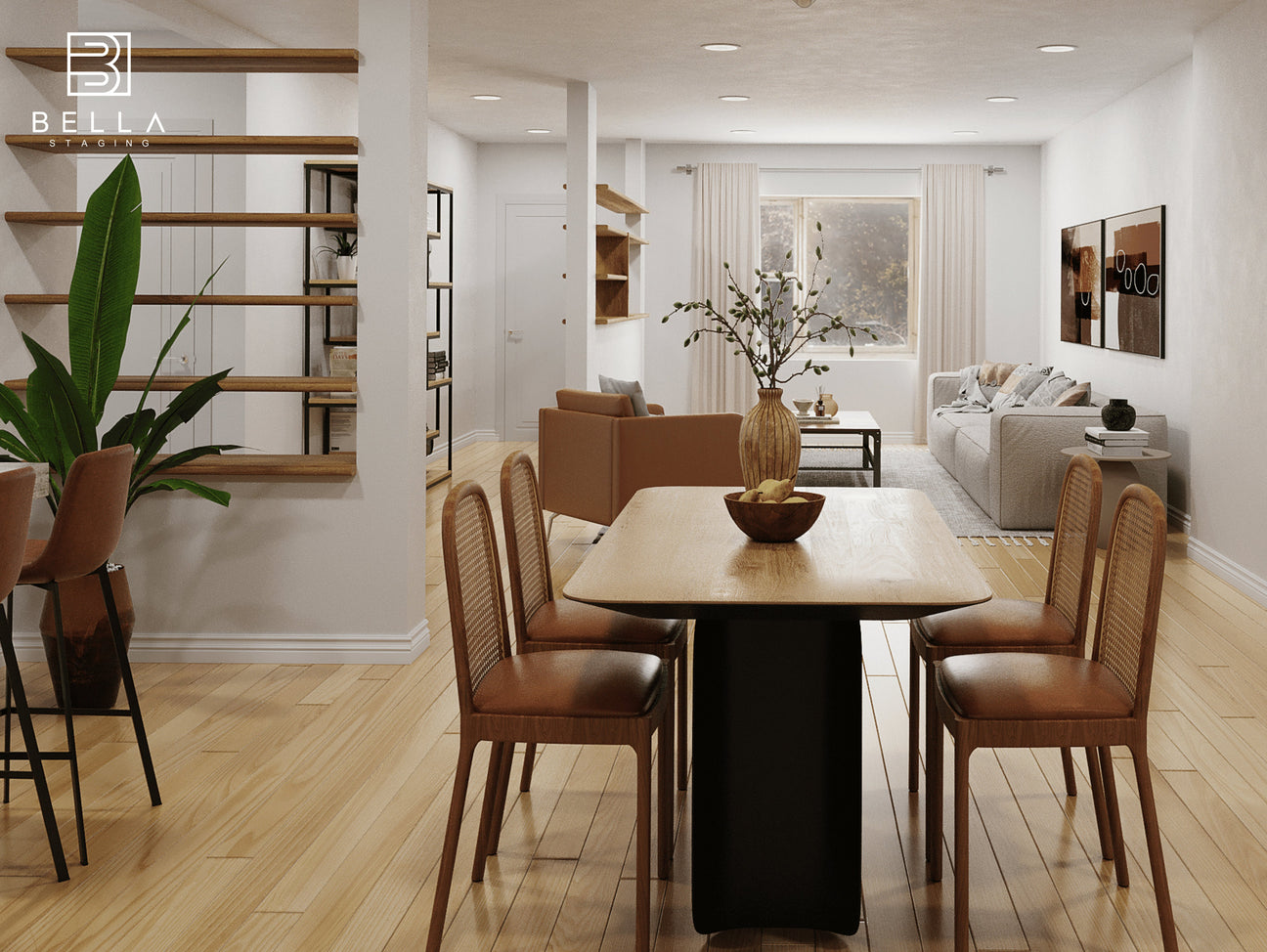The Rise of Virtual Renovation: How Digital Transformations Are Reshaping Real Estate
The Rise of Virtual Renovation: How Digital Transformations Are Reshaping Real Estate
Blog Article
From Blueprint to Browser: The Digital Renovation Revolution
The real estate industry is witnessing a seismic shift in how properties are conceptualized and marketed. Virtual renovation has emerged from being a niche visualization tool to becoming a fundamental part of the property development and sales process. What began as simple 3D renderings has evolved into sophisticated digital environments that allow buyers to experience unbuilt or unrenovated spaces as if they were physically present.

Market reality: The global virtual staging market, valued at 3.2billionin2021,isprojectedtoreach3.2billionin2021,isprojectedtoreach11.8 billion by 2027, with renovation visualization driving much of this growth (Grand View Research). This isn't just about pretty pictures—it's about fundamentally changing how we interact with property spaces.
Why Virtual Renovation is Disrupting Traditional Methods
1. The Cost Equation
- Traditional physical renovations require 10-20% of property value
- Virtual alternatives cost 90% less while achieving similar marketing impact
- No construction waste, no scheduling delays, no permit headaches
2. Speed to Market
- Physical renovations take weeks or months
- Virtual transformations can be completed in 48-72 hours
- Critical for developers needing to pre-sell units
3. Risk Mitigation
- Test radical design concepts without commitment
- Identify spatial issues before construction begins
- Adjust layouts based on buyer feedback
Case in point: A New York developer avoided $250,000 in change orders by virtually testing and modifying unit layouts before construction.
The Technology Behind the Transformation
Modern virtual renovation combines several cutting-edge technologies:
Core Components
- 3D Modeling Software (Autodesk, SketchUp Pro)
- Photorealistic Rendering Engines (V-Ray, Lumion)
- Virtual Reality Integration (Oculus, HTC Vive)
- Augmented Reality Applications (iOS/Android compatible)
The Process Evolution
- Basic 3D Visualization (2010s)
- Interactive Walkthroughs (2018-2020)
- VR/AR Immersion (2021-present)
- AI-Powered Design (emerging)
Who's Driving Adoption?
1. Residential Developers
- Pre-selling units 12-18 months before completion
- Offering customizable finishes virtually
- Reducing model unit construction costs
2. Real Estate Agents
- Transforming dated properties for listings
- Creating "what if" scenarios for buyers
- Competing with new construction
3. Interior Designers
- Presenting concepts to clients
- Experimenting with bold ideas
- Streamlining client approvals
4. Homeowners
- Planning renovations risk-free
- Visualizing structural changes
- Getting contractor bids with clear specs
Overcoming Skepticism: The Credibility Factor
Early adopters faced challenges convincing clients about virtual representations. The industry has responded with:
- Before/After Sliders showing actual vs. proposed
- Measurement Tools proving spatial accuracy
- Material Libraries using real product specs
- 360° Walkthroughs providing comprehensive views
Industry shift: 68% of buyers now consider virtually staged properties as trustworthy as physically staged ones (NAR 2023).
The Future: Where Virtual Renovation is Headed
1. AI Integration
- Automated design suggestions
- Instant style variations
- Predictive space planning
2. Blockchain Verification
- Authenticating renderings vs. final product
- Tracking material selections
- Ensuring design integrity
3. Haptic Feedback
- "Feeling" virtual materials
- Testing fixture operation
- Experiencing spatial flow
4. Metaverse Applications
- Digital twin properties
- NFT-based designs
- Virtual open houses
The Bottom Line
Virtual renovation isn't replacing physical transformations—it's making them smarter. By allowing stakeholders to perfect designs, predict outcomes, and presell concepts, it's becoming the essential first step in any property enhancement process.
For professionals who embrace these tools, the benefits are clear:
- Faster sales cycles
- Higher price points
- Reduced risk
- Stronger client relationships
As the technology continues advancing, one thing is certain: the virtual renovation revolution is just beginning, and it's reshaping real estate from the ground up. Report this page